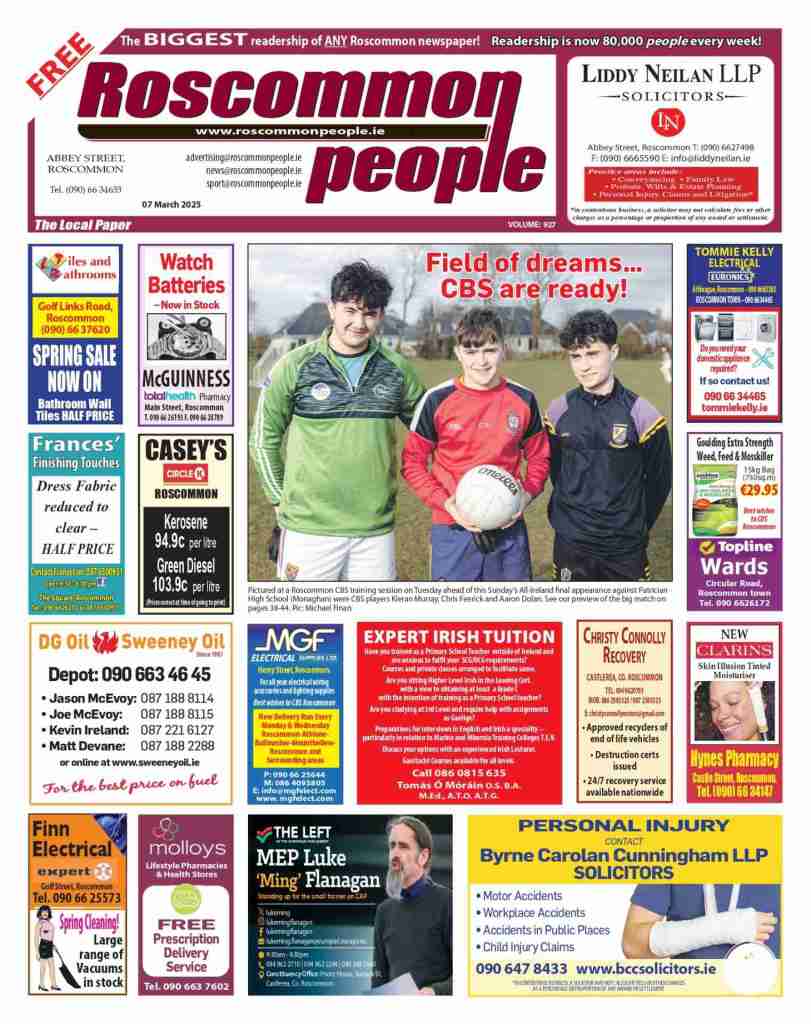In a concerning trend for road safety, Ireland witnessed a record number of vehicles classified as “fail dangerous” during National Car Test (NCT) inspections last year. Over 128,000 cars were deemed dangerously defective, representing 7.42% of all vehicles tested by the National Car Testing Service (NCTS) in 2024. This figure marks the highest level of unroadworthy vehicles detected in recent times, showing an increase from a low of 4.9% in 2020.
The data highlights that 128,548 cars failed dangerously during their initial test, with an additional 3,965 vehicles receiving the same classification upon re-test. When a vehicle is labeled “dangerous fail”, it indicates a direct or immediate risk to road safety, advising that it should not be driven on public roads.
NCTS inspectors attach a “Failed Dangerous” sticker to such vehicles, explaining the reasons for the failure to the owner. Applus+, the operator of NCT centres, recommends that owners of these vehicles arrange for towing rather than driving them away. However, despite warnings, some owners choose to drive their dangerously defective cars off the test premises, prompting NCTS to notify An Garda Síochána.
Sinéad McKeon, communications manager at Applus+, attributes the high failure rate to inadequate vehicle maintenance, noting that many drivers use the NCT as a diagnostic tool rather than regular servicing. Common issues leading to dangerous failures include corroded bodywork, damaged or bald tyres, brake fluid leaks, faulty door mechanisms, and non-functional brake lights.
Regionally, Cavan topped the list with 11.9% of tested vehicles failing dangerously, followed by Leitrim, Clare, and Monaghan. Conversely, counties like Offaly, Kildare, Louth, Waterford, Dublin, Wicklow, and Kilkenny saw lower rates of dangerous failures.
The overall pass rate for NCTs also dropped to a five-year low of 50.6%, with a record 1,732,095 vehicles tested. The counties with the lowest pass rates were Cavan, Leitrim, Monaghan, Roscommon, Longford, and Clare, while Offaly, Limerick, Waterford, and Kilkenny had the highest pass rates.
For retests, the pass rate was significantly higher, with 87.2% for lane re-tests and 99.6% for visual checks, although a small fraction still failed dangerously. Since its inception in 2000, the NCT aims to reduce road fatalities by identifying vehicle defects and enhancing environmental protection by controlling emissions.
The most frequent reasons for failure were related to steering and suspension, affecting 15% of vehicles, followed by lighting/electrical issues, and problems identified during the side slip test for wheel alignment. The Road Safety Authority (RSA) reminds vehicle owners that the NCT is not a substitute for regular maintenance but an additional check to ensure vehicles remain roadworthy.
This surge in dangerously defective vehicles underscores the need for more vigilant vehicle maintenance among Irish drivers.






